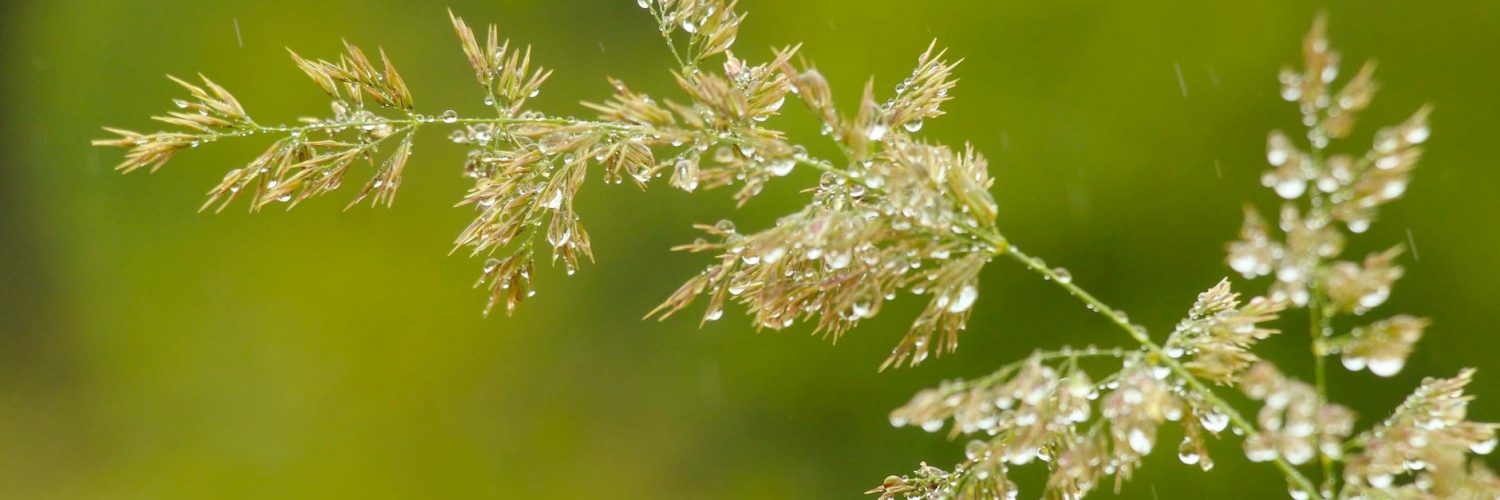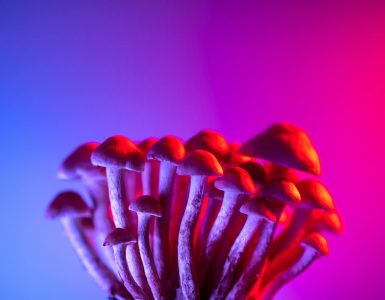We think we know nature. We’ve seen the documentaries, read the books, maybe even visited a zoo or two. But the truth is, the natural world is a constant source of delightful surprises, mind-bending adaptations, and jaw-dropping facts that completely rewrite our understanding of “normal.” Prepare to have your preconceived notions gently (or not so gently) tossed aside.
La araña sorprendentemente social
Ever picture a spider as a solitary, creepy-crawly loner? Think again. Many spider species are incredibly social, living in massive colonies with intricate social structures. Take the Anelosimus eximius, a social spider found in the Americas. These guys build enormous communal webs that can span entire trees, with thousands of spiders cooperating on hunting, raising young, and even defending their territory. It’s like a spider-powered apartment building, complete with built-in pest control. Who needs roommates when you have thousands of tiny, eight-legged ones?
Plants That Play Predator
We often think of plants as passive, relying on sunlight and water. But some plants are downright carnivorous, employing ingenious traps to catch unsuspecting insects (and sometimes even small animals!). The Venus flytrap, with its iconic snap-trap mechanism, is a well-known example. But there are many other fascinating examples, like the pitcher plants, which lure insects into their pitcher-shaped leaves with enticing scents and then drown them in digestive fluids, or sundews, which use sticky tentacles to ensnare their prey. These aren’t your grandma’s garden plants.
The Glow-Up: Bioluminescence Beyond the Sea
We often associate bioluminescence with deep-sea creatures, those magical glowing jellyfish and anglerfish. But did you know that bioluminescence—the production and emission of light by a living organism—occurs in a surprising diversity of terrestrial creatures, too? Certain fungi, for example, glow eerily in the dark, creating magical forests. Fireflies, of course, are a classic example. But it’s not just for show: bioluminescence plays a critical role in communication, attracting mates, or even luring prey. It’s nature’s very own neon light show.
The Unexpected Architects of the Rainforest
Rainforests are often framed as a lush, chaotic explosion of life. But beneath the surface lies a sophisticated system of engineering. Many rainforest trees, particularly those in nutrient-poor soils, rely on complex symbiotic relationships with fungi to obtain essential nutrients. These fungi act like underground pipelines, extending the roots’ reach far beyond the immediate vicinity, forming a vast network that connects the trees and allows them to share resources. It’s a subterranean internet, boosting tree survival and resilience. It’s more like a bustling underground city than we realised!
The Clumsy, But Crucial, Sloth
Sloths are, to put it mildly, not known for their speed or agility. Their slow pace is often seen as a disadvantage, making them easy prey. But this sluggish lifestyle plays a crucial role in maintaining the rainforest ecosystem. The sloth’s slow movement allows algae to grow on its fur, providing it with camouflage and attracting a unique community of insects and other microorganisms, which in turn contribute to the rainforest’s biodiversity. Slow and steady really does win the race, especially when it comes to ecosystem engineering.
The Shape-Shifting Sea Slug
Sea slugs, or nudibranchs, are masters of disguise. They come in a kaleidoscope of colors and patterns, often mimicking their surroundings or even adopting the defensive mechanisms of their prey. Some sea slugs can even incorporate the stinging cells of their prey into their own bodies, using them as a defense mechanism against predators. It’s nature’s very own bio-weaponry program, and these slugs are fully armed and dangerous.
The Zombie Ant Fungus
Nature can be pretty brutal. Take the Ophiocordyceps unilateralis fungus, which infects ants, turning them into unwitting puppets. The fungus manipulates the ant’s behavior, forcing it to climb to a specific location before killing it. This ensures the fungus’s spores are optimally dispersed, effectively using the ant as a living, walking delivery system. It’s as if something out of a horror movie. But it’s very real and very effective—from the fungus’s perspective, at least.
Los inesperados beneficios de los escarabajos peloteros
Dung beetles, often overlooked and undervalued, are vital to healthy ecosystems. They recycle nutrients, aerate the soil, and bury animal dung, preventing the spread of parasites and diseases. Their dung-rolling behavior even helps disperse plant seeds, contributing to the growth and diversity of plant life. They’re the sanitation workers of the natural world, and they’re far more important than their humble appearance might suggest. Nature's Seriously Weird Side: Facts That'll Make You Do a Double Take
El impactante secreto de la anguila eléctrica
Electric eels are rightly feared for their powerful electric shock. But did you know they don’t use their electricity for hunting alone? These eels utilize their electric organs for a variety of purposes including navigating their murky environment, sensing prey, and even communicating with others. It is a very sophisticated system, enabling them to thrive in challenging aquatic habitats. The electric eel is way more advanced than we think!
The natural world is full of such surprises. From the social lives of spiders to the electrifying abilities of eels and the predatory nature of plants, these examples showcase the astonishing diversity and complexity of life on Earth. So next time you’re out in nature, take a moment to appreciate the hidden wonders, the unexpected twists, and the incredible adaptations that make our planet so unique and fascinating.

























Añadir un comentario